A Digital Energy Network:
The Internet of Things
& the Smart Grid
White Paper
Smart Grid

0016249 Neil 謝明諭
The Internet of Things (IoT) is the network of physical objects or "things" embedded with electronics, software, sensors and connectivity to enable it to achieve service by exchanging data with the connected devices.

Each thing is uniquely identifiable
A smart grid is digital energy system that uses new technology to incorporate clean energy and more efficient, reliable eletrocity
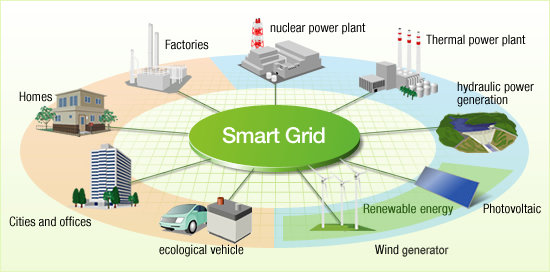
Electronic power conditioning and control of the production and distribution of electricity are important aspects of the smart grid.
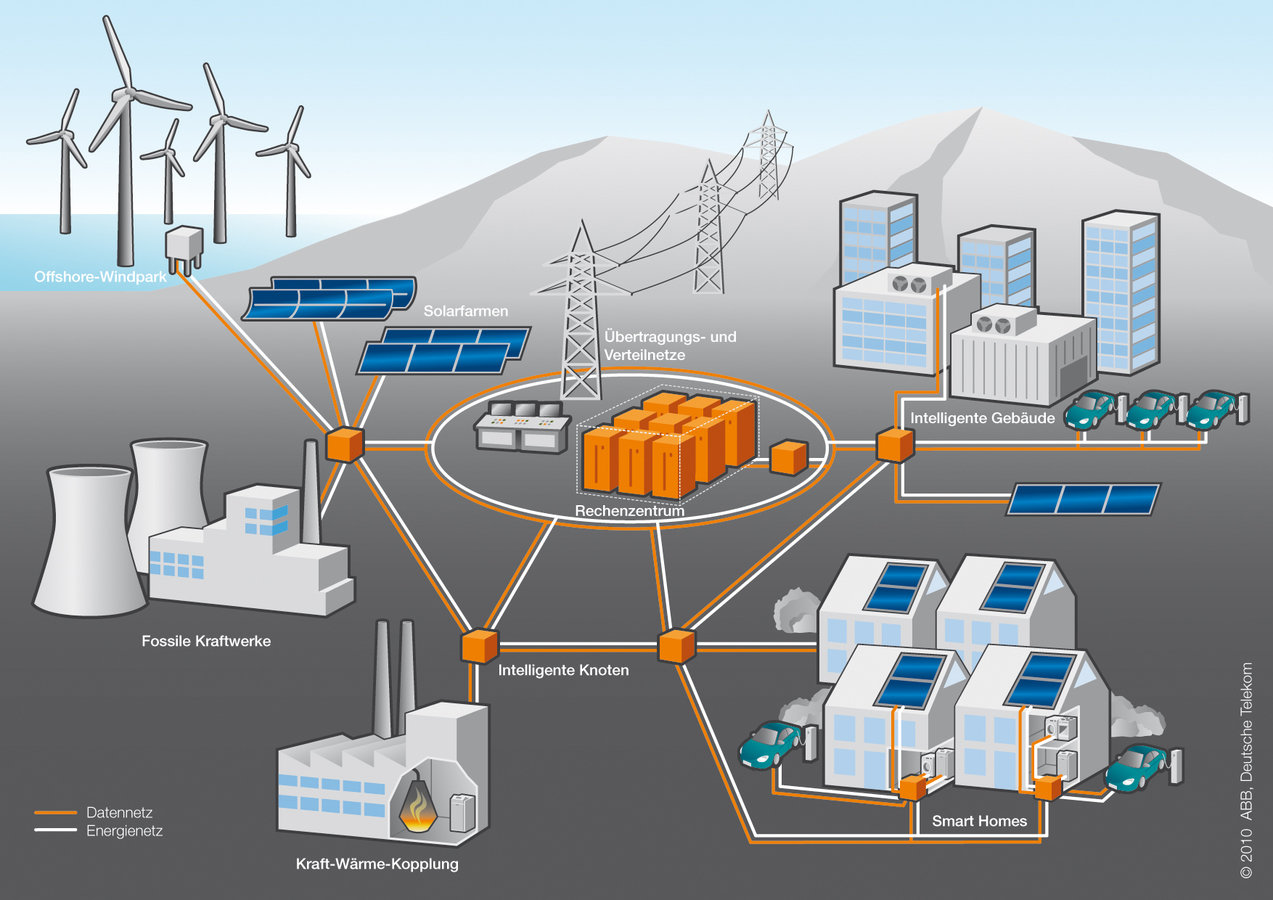
The changing landscape
The European Commission (EC) estimates electricity prices will rise by 31
per cent between 2010 and 2020, while
global energy demand is set to double
by 2030
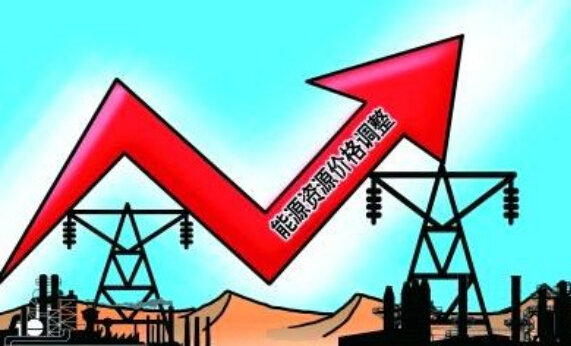
Renewable impact
The increase in
unpredictable of Solar energy means that some grid areas will absorb more renewable energy generation than their actual consumption at specific times in the day
IEA suggests that solar alone could be
the top source of electricity by 2050
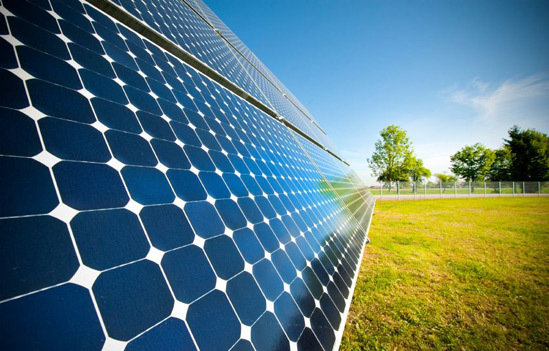
Fragmentation
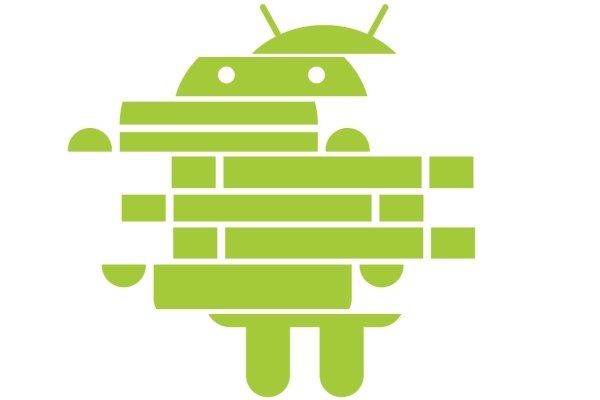
As a result, the traditional monolithic grid is morphing
into series of interconnected systems
from ultra-high-voltage super-grids to
ultra-low-voltage micro- and pico-grids.
The edge of the grid is becoming more
unpredictable just like the small mobile
phone keep adding new storage capacity.
Fragmentation
Technology imperatives of smart grid
1. Security
2. Communications
3. Analytics
4. Manageability
Security
protected from cyber threats.
As a large system of distributed and
interconnected systems
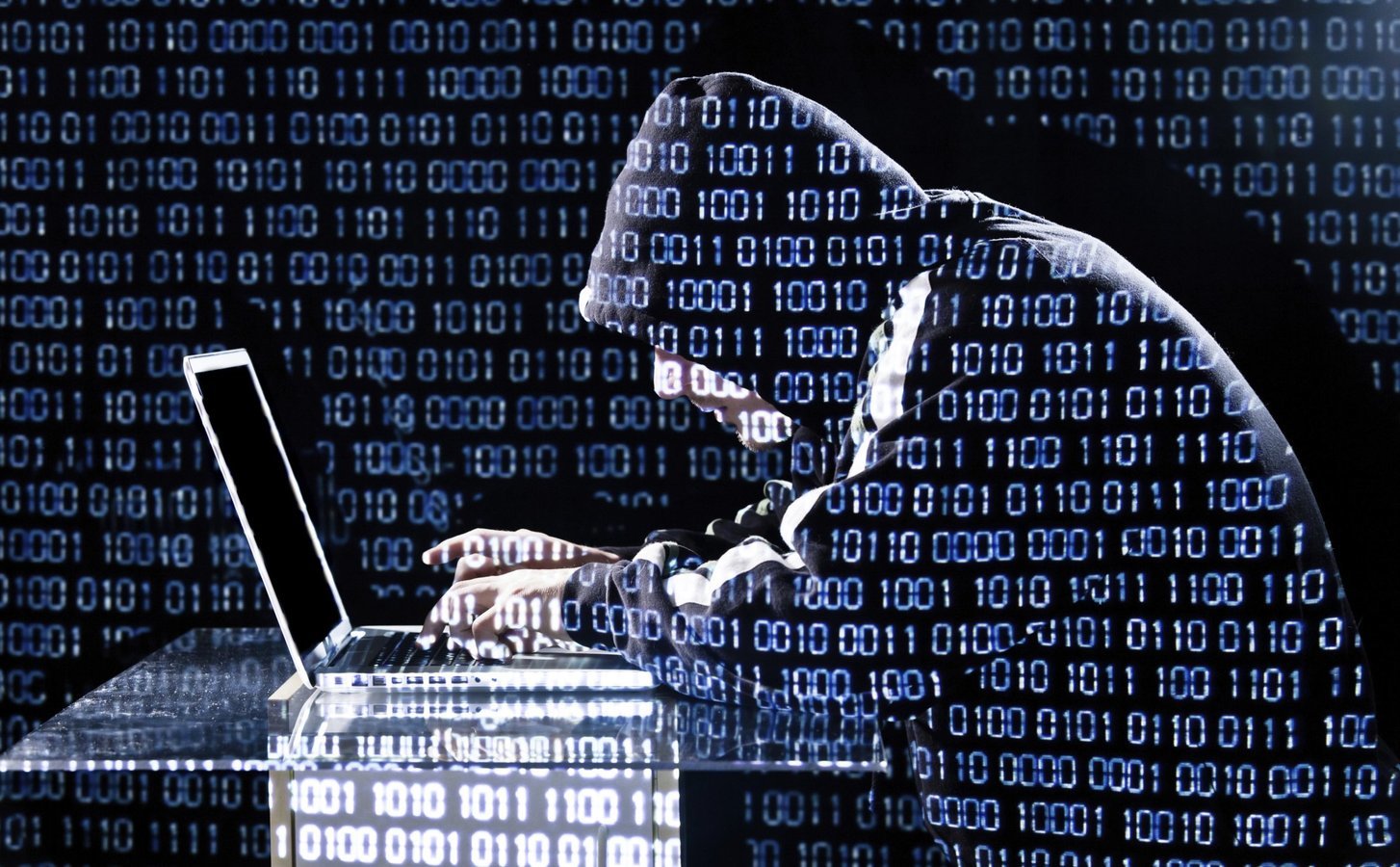
Communications
The ultimate success of a smart grid, as with any other data network, depends on the ability of individual devices and systems to interconnect and share information with each other in a secure and reliable manner.

Analytics
For real-time, support more efficient maintenance planning, enable more precise generation planning and load balancing.
Analytics are needed to develop actionable intelligence from these millions of data points.
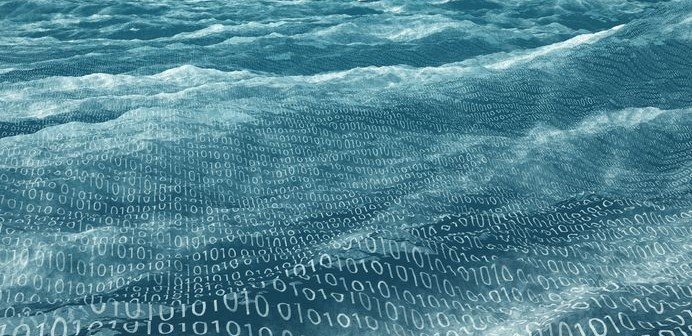
Manageability
Manageability covers three broad areas:
equipment, software and security – and
can extend all the way to managing
upgrades and repairs the devices
So, what is the most important thing?
ANS:
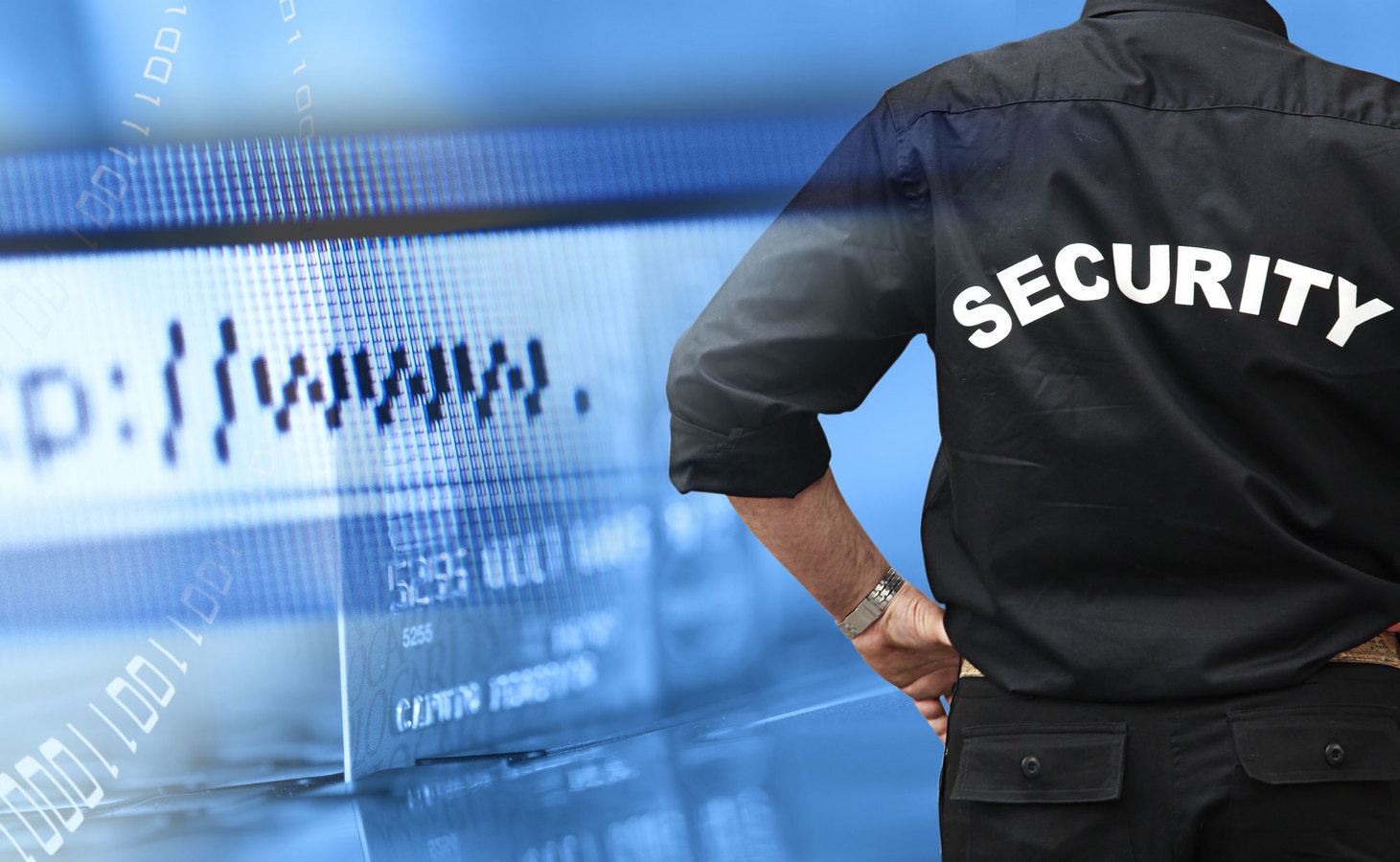
Conclusion: Ensuring a More Intelligent, Energy Efficient Future
It is time to re-think the way we generate, transmit, distribute, and consume energy for the connected era. New energy sources, and new consumer demands mean the electric grid must become a digitized, standards-based, automated, and inter-operable infrastructure.
Modernizing the electric grid depends on ensuring end-to-end connectivity, reliability, and security from generation and transmission to distribution and consumption.
A Digital Energy Network:The Internet of Things& the Smart Grid
By kuro neil
A Digital Energy Network:The Internet of Things& the Smart Grid
- 758